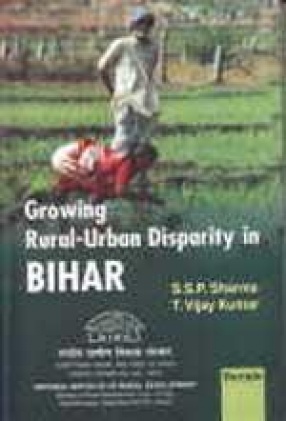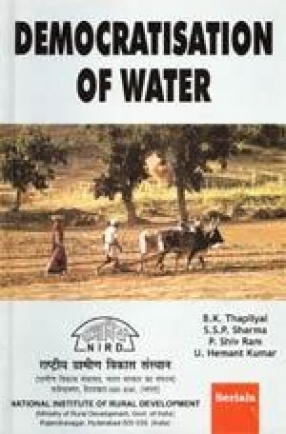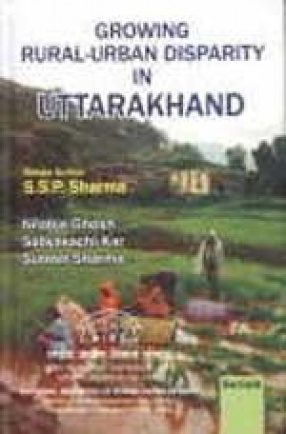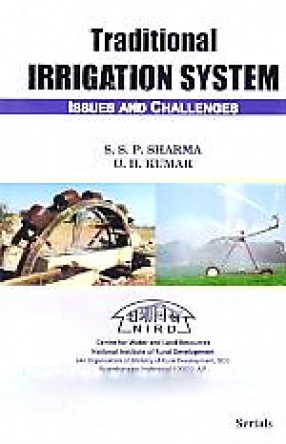Growing Rural-Urban Disparity in Bihar
Synopsis
Determining the disparities between rural and urban areas is apparently more difficult than it appears since it is possible to redefine what is urban and what is rural. Governments in Asia use different definitions for urban areas and do not define rural areas, treating them as the undefined residual. An area is designated as "urban" when it crosses a certain population limit (for example, 5,000 inhabitants) or when its population density reaches to a certain level (for example, 1,000 per square kilometre). Small changes in criteria can have a considerable impact on the urbanization level of a country. Rather than defining rural and urban in geographical or demographic terms, it is desirable to look at the character of the rural and urban society and its economy. Economists define an area as urban when the economy is characterized by non-extractive occupations, for example, industry, commerce, that benefit particularly from a high population density and the accompanying infrastructure. Sociologically, "urban" may typify wider, but less personal and social relations and a lifestyle characterized by individualism, anonymity and a segmentation of life. However, improved transport and the relative reduction in transport costs have made it easier to commute between an urban area and its surrounding rural areas or to temporarily migrate from rural to urban areas. Resultantly, an increasing number of people find temporary or permanent urban employment in the urban areas, while living or at least being registered to live in a rural area.
Read more
44.10
39.69
$
49.00 $
Free delivery Wolrdwidе in 10-18 days
Ships in 1-2 days from New Delhi
Membership for 1 Year $35.00
Get it now and save 10%
Get it now and save 10%
BECOME A MEMBER










Bibliographic information
S.S.P. Sharma